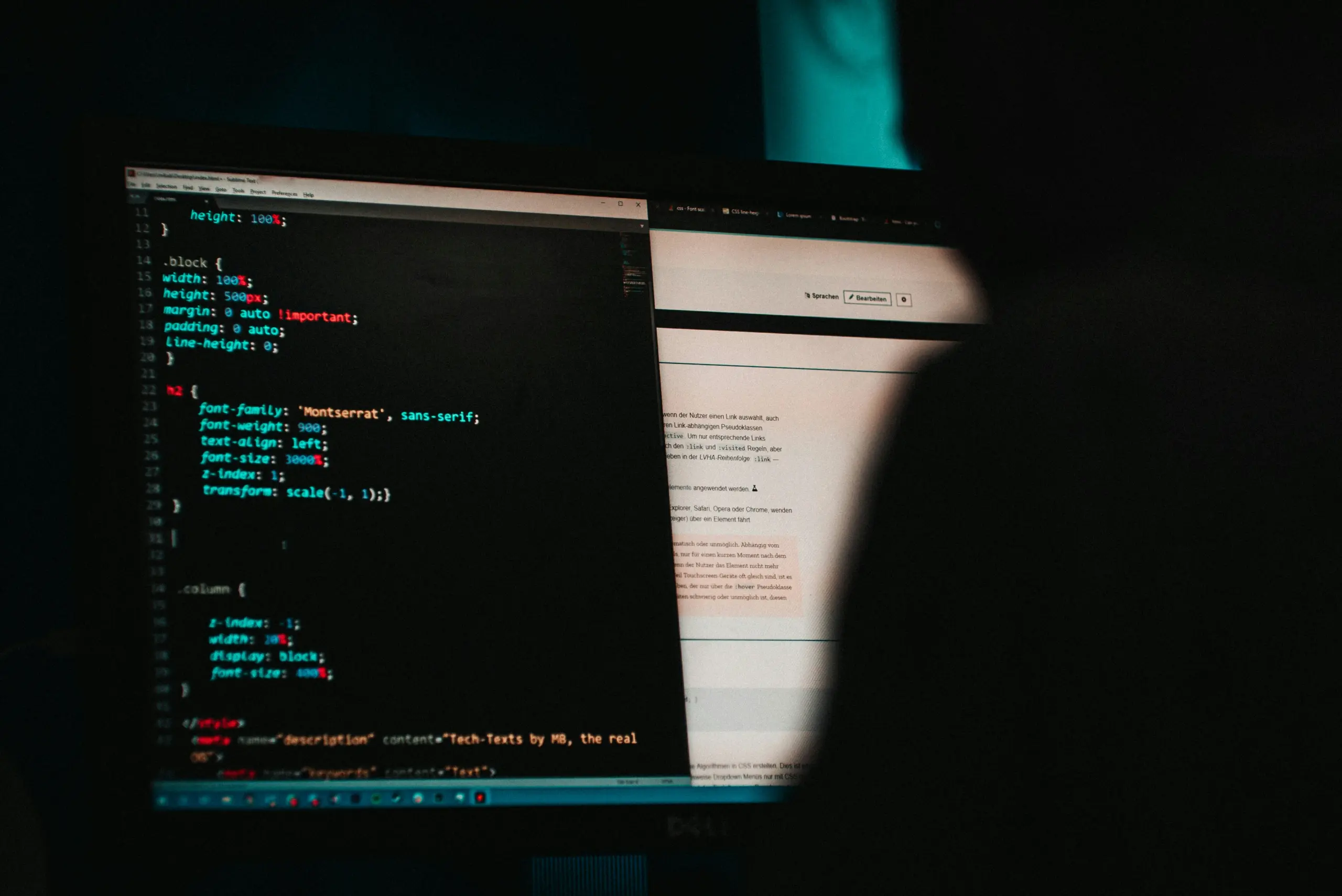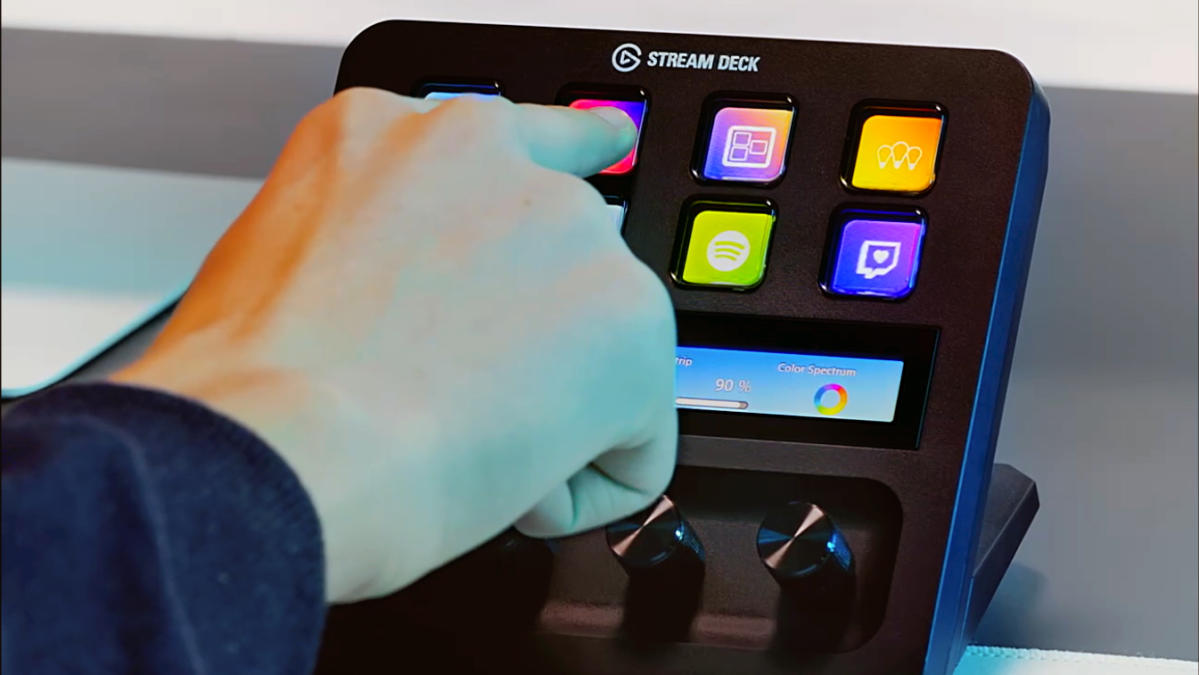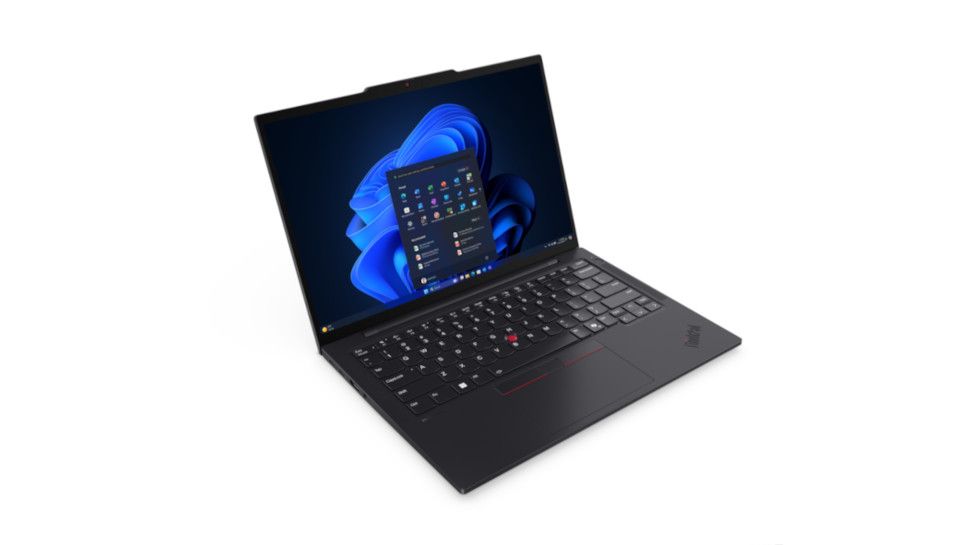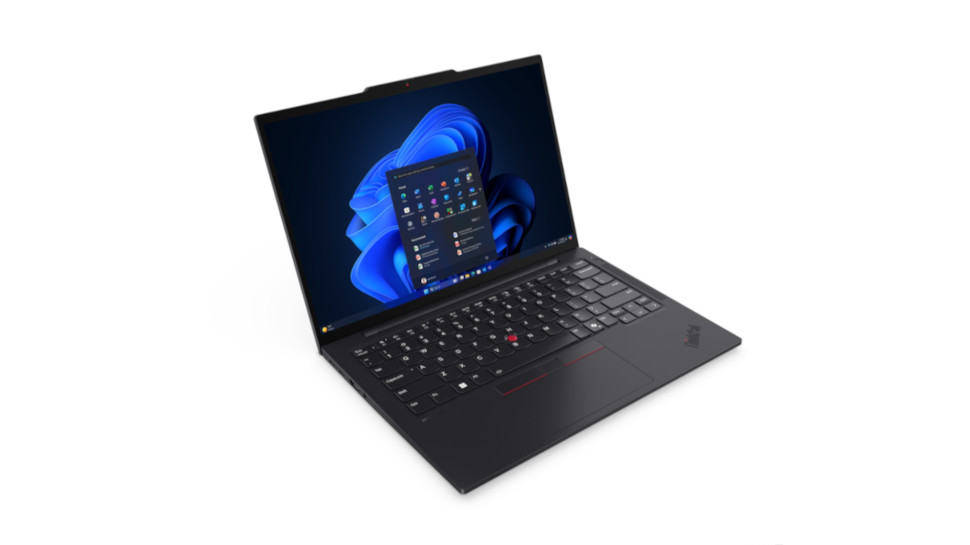Lenovo has released the ThinkPad T14s Gen 6, a new notebook that comes equipped with Zen 5 core and RDNA 3.5 chips.
This thin and lightweight device measures just 16.9mm in thickness and weighs only 1.3kg, making it an excellent choice for business users on the move.
The ThinkPad T14s Gen 6 AMD is equipped with a maximum of 64GB of LPDDR5x RAM, operating at a speed of 7500 MHz. Additionally, it supports storage options of up to 1TB through PCIe Gen4 SSDs.
Dual display options to suit different needs
Lenovo provides two display options with the ThinkPad T14s Gen 6 AMD, both 14 inches in size with a 16:10 aspect ratio and 88% screen-to-body ratio.
The first option is a WUXGA IPS Low Power Anti-Glare display with 100% sRGB coverage and 400 nits of brightness. The second choice is a WUXGA IPS Touch Anti-Glare display with 45% NTSC coverage, also offering 400 nits of brightness. This option includes Eyesafe technology and 3M DBEF5, which reduces blue light exposure, ensuring comfort during long working hours.
Under the hood, this device comes with the next-generation AMD Ryzen AI PRO processor, which Lenovo says, “offers exclusive AI experiences with a 3X performance boost” as compared to its predecessor.
The ThinkPad T14s Gen 6 AMD features the advanced Zen 5 core and AMD Radeon integrated graphics, delivering responsiveness, smooth multitasking, and efficient content creation. Powered by the next-generation AMD Ryzen AI PRO processors, it includes a built-in AI Engine (NPU) and will support Copilot+ PC experiences.
The AMD Radeon Integrated Graphics provides solid performance for everyday tasks, making it suitable for productivity, video streaming, and light photo or video editing. While it may not be ideal for intensive gaming or 3D rendering, it offers enough for standard business applications and moderate multimedia workloads.
The inclusion of AI in the processor ensures that users experience smart power management, enhanced performance for demanding applications, and better overall efficiency.
The ThinkPad T14s Gen 6 AMD offers up to 64GB of LPDDR5x RAM, clocked at 7500 MHz. On the storage front, the laptop supports up to 1TB of PCIe Gen4 SSD. Also included are stereo speakers powered by Dolby Atmos.
On the camera front, the laptop is equipped with a 5MP + IR camera, complete with a webcam privacy shutter for added security. The IR functionality enables facial recognition for secure login, while the 5MP camera ensures high-quality video for conferencing.
The ThinkPad T14s Gen 6 AMD comes powered by a 58Wh battery, and also packs Microsoft Pluton or Firmware TPM 2, Ultrasonic Human Presence Detection (HPD), and a Nano Kensington lock slot for enhanced security. The device features a matte black finish and is constructed from a combination of carbon-fiber-reinforced plastic, aluminum, and magnesium.
The ThinkPad T14s Gen 6 AMD connectivity package includes Wi-Fi 7, 5G sub-6, and Bluetooth 5.3. For wired connections, the laptop offers a couple of ports including two USB-A ports, two USB-C ports with Thunderbolt 4 certification, an HDMI 2.1 port, an audio jack, and a SIM card reader for mobile data.
This device will be available starting October 2024, with a starting price of $1699.






































































































































You must be logged in to post a comment Login